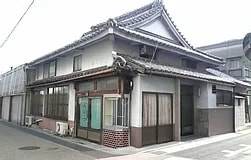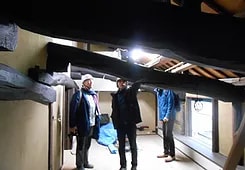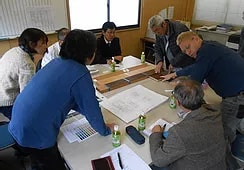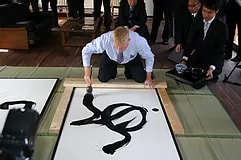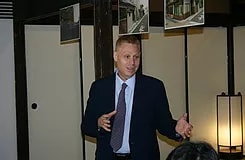Utazu’s transition
Utazu Town is located in the approximate center of Kagawa Prefecture tucked between Sakaide City in the east and Marugame City in the west. It overlooks the Seto Inland Sea and has a total land area of 8.1km2 with a population of about 20,000 residents. A natural port for maritime transportation called "Utazu" was already established by the latter half of the 7th century, and during the Muromachi period (1336-1573), Yoriyuki Hosokawa, close associate to Shogun Yoshimitsu Ashikaga, was given jurisdictional control and Utazu prospered. In addition, taking advantage of the Setouchi-style climate, which is warm, has little rain, and has long daylight hours, Utazu became one of the best salt towns in Japan from the middle of the Edo period until the abolishment of salt fields in 1972. Through this, Utazu Town, which formerly developed as a base for politics, economy, and culture, was given new life, marked by the opening of the Great Seto Bridge, said to be an achievement of humanity's wisdom, and the establishment of a new neighborhood, New Utazu City, where there were once vast salt fields. During fine weather, you can clearly see the islands rising from the Seto Inland Sea. You can even see the Okayama Prefecture side. Throughout the four seasons, you can fully enjoy the panorama when the sun setting over the Seto Inland Sea, known as "tatobi" (beauty with many islands), paints Utazu Town light red.
(Original text from the Utazu Town website)
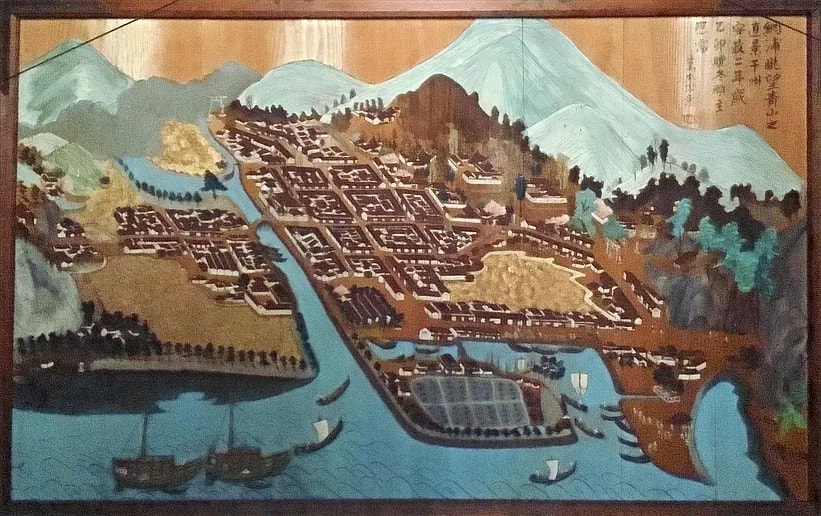
In the Edo period, four rice granaries were set up in Co-machi for the Takamatsu domain. At that time, urban planning was nearly complete and the town's appearance succeeded through the Meiji, Taisho, and Showa eras. The framework of Co-machi today is still the same as that of the votive painting. The streets form a grid pattern with Marugame Highway running east and west and Konpira Highway running north and south as the axes. The fruits of the ancestors' wisdom are linked together with Co-machi's beauty and livability today.
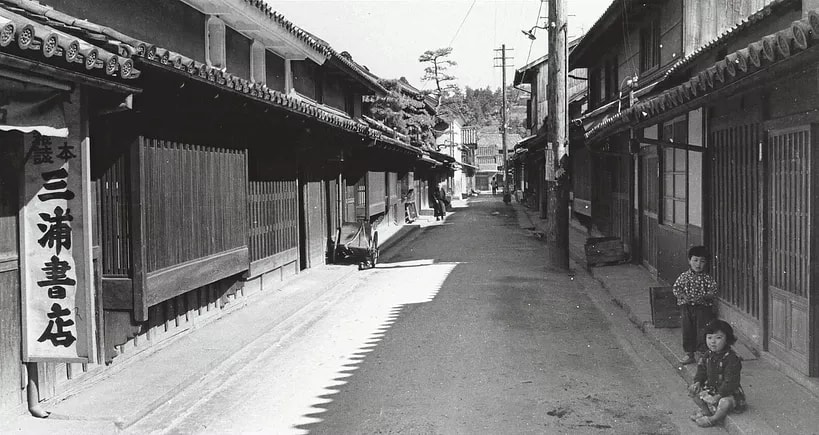
The use of cars and changes in the means of transportation, however, have affected the urban structure. Although Co-machi escaped development due to the establishment of prefectural and national roads that run east and west on the town's north and south sides, people's lifestyles have changed and the wave of a declining birthrate and an aging population have swept over. Machiya townhouses that have been occupied for generations became vacant and some of them could be seen being demolished.
Project background
So the residents of Utazu took action. In 2003, during the time of the Great Heisei Mergers when municipal mergers and dissolutions were being carried out in Japan, Utazu Town and its residents chose not to be merged. They reconsidered their standpoint and then began community development activities. Many such activities by local residents were taking place by the time Utazu Town started restoration of these townhouses in 2010.
In order to stop the decline of Co-machi and leave a beautiful town for posterity, the Utazu Machiya Revitalization Project was launched. As a public project, the town purchased two vacant townhouses in the central area and carried out their renovation as a starting point. With the aim of improving the value of the region and creating a ripple effect in the area, it was decided to implement the project and renovation to serve as a model. While thinking about what should be done to keep local businesses going for the next 100 years, we had the good fortune of meeting Mr. Alex Kerr. Although not an architect, he attractively renovated old traditional houses in Iya, Shikoku, and they are now protected and continue to be used. So, the town decided to ask him to supervise.
the producerAlex KERR
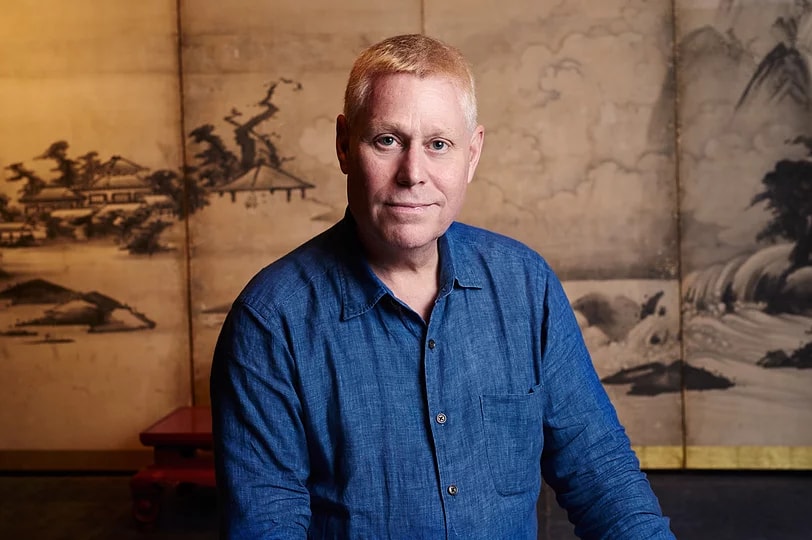
Alex KERR, Eastern culture researcher
Born in the United States in 1952, Kerr's first visit to Japan was in 1964. He majored in Japanese and Chinese studies at Yale University and the University of Oxford. He began living in Kameoka City in Kyoto Prefecture in 1977, founded the Chiiori Company Limited, and began writing, lecturing, and consulting. In 2005, Kerr and others founded the Chiiori Trust, an NPO in Iya, Miyoshi City, Tokushima Prefecture. He authored Nippon Keikanron "Theory of Japanese Landscape" (Shueisha) in 2014 and co-authored Kanko Bokokuron "Destroying the Nation with Tourism" (Chuokoron-Shinsha) in 2019. These days, Kerr primarily works on writing and lecturing besides projects for putting old Japanese-style houses to use.


